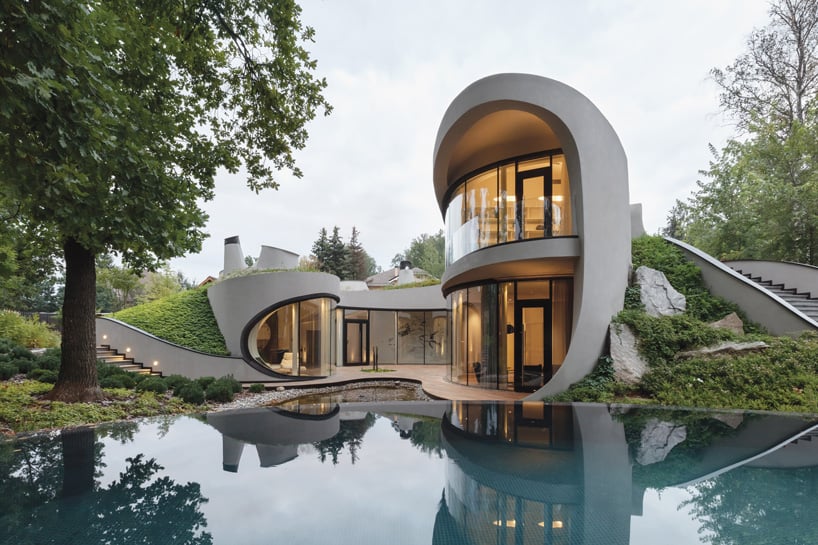How Landscape Architecture Shapes the Future of Livable Housing
The art and science of landscape architecture play a pivotal role in shaping the future of housing, transcending mere aesthetics to foster sustainable and livable environments. This comprehensive guide explores the multifaceted impact of landscape architecture on residential spaces, emphasizing the integration of nature, sustainability, and community-centric design. As we delve into various aspects, it becomes evident that thoughtful landscape architecture is not just a visual enhancement but a key contributor to the overall well-being of homeowners and communities.
Let’s embark on this journey to discover how landscape architecture is pivotal in creating livable, sustainable housing for the future. This insightful exploration underscores the importance of integrating nature and community-centric design to enhance well-being and environmental resilience. By adopting sustainable practices and smart technologies, landscape architects craft spaces that foster a harmonious balance between human and natural environments. Learn about the transformative role of landscape architecture in shaping our living spaces for a better tomorrow. This is a good read for individuals looking for the best architect in Pasadena, CA.
Designing for Wellbeing
In the pursuit of creating homes that prioritize well-being, landscape architects focus on incorporating nature into residential spaces. From lush gardens to serene outdoor retreats, these spaces become integral to the occupants’ daily lives, offering tranquility and functionality. The inclusion of greenery is not merely for visual appeal; it also brings mental health benefits, creating environments that promote relaxation and stress reduction. The design choices made in these outdoor spaces contribute significantly to the overall livability of homes.
Sustainable Landscaping Practices
Sustainability is a cornerstone of modern landscape architecture. Eco-friendly design involves the use of native plants, promoting biodiversity, and implementing water conservation measures. Landscape architects embrace smart irrigation solutions, ensuring that outdoor spaces thrive with minimal environmental impact. This commitment to sustainability aligns with the broader goal of creating homes that harmonize with nature rather than deplete it.
Integrating Smart Technologies
The integration of smart technologies is transforming the way we interact with outdoor spaces. Landscape architects leverage smart lighting and irrigation systems to enhance functionality and energy efficiency. These technological innovations not only contribute to the convenience of homeowners but also elevate accessibility. Smart technologies pave the way for a seamless fusion of modern living and nature, offering a glimpse into the future of housing design.
Maximizing Outdoor Living Spaces
The trend towards maximizing outdoor living spaces reflects a shift in how homeowners perceive and utilize their properties. Landscape architects design versatile outdoor areas that serve as extensions of the home. Outdoor kitchens and living rooms have become popular trends, providing opportunities for socializing and relaxation. The seamless indoor-outdoor transitions created by landscape architects redefine the traditional boundaries of living spaces.
Community-Centric Landscapes
Landscape architecture extends its impact beyond individual homes to shape entire communities. By fostering social interaction through thoughtful design, landscape architects create shared green spaces that become focal points for residents. These spaces enhance the sense of community and belonging, emphasizing the interconnectedness of people and their environment. The result is neighborhoods that prioritize communal well-being.
Accessible and Inclusive Design
Inclusivity is a key consideration in modern landscape architecture. Designing outdoor spaces that accommodate all ages and abilities is essential. Ensuring universal accessibility in residential landscapes contributes to a sense of equity and inclusivity. Landscape architects address these considerations to create environments that are not only visually appealing but also welcoming to everyone.
Resilient Landscapes for Changing Climates
As the effects of climate change become more pronounced, landscape architects play a vital role in designing resilient landscapes. Adapting to climate change challenges involves drought-resistant landscaping strategies and preparing for extreme weather events. By creating landscapes that can withstand changing climates, landscape architects contribute to the long-term sustainability of housing developments.
Collaboration Between Architects and Landscape Designers
Seamless collaboration between architects and landscape designers is crucial for holistic and cohesive design. The integration of indoor and outdoor spaces requires thoughtful planning and coordination. Successful partnerships between architects and landscape designers result in homes where the built environment and nature coexist harmoniously.
Public Policy and Urban Planning
Advocacy for livable housing goes beyond individual projects; it involves influencing public policy and urban planning. Landscape architects actively participate in advocating for green and sustainable design principles. Policy initiatives that prioritize green spaces and sustainable practices contribute to the creation of healthier and more livable cities. Community engagement becomes an integral part of shaping the urban landscape.
Conclusion
In conclusion, landscape architecture stands at the forefront of shaping the future of livable housing. From promoting well-being and sustainability to fostering community-centric design, landscape architects play a pivotal role in creating homes that transcend the traditional boundaries of architecture. As we envision the future of housing, landscape architecture emerges as a powerful force that integrates nature, technology, and community to redefine the way we live. To explore more about the transformative impact of landscape architecture, read more at Nadi Group.







